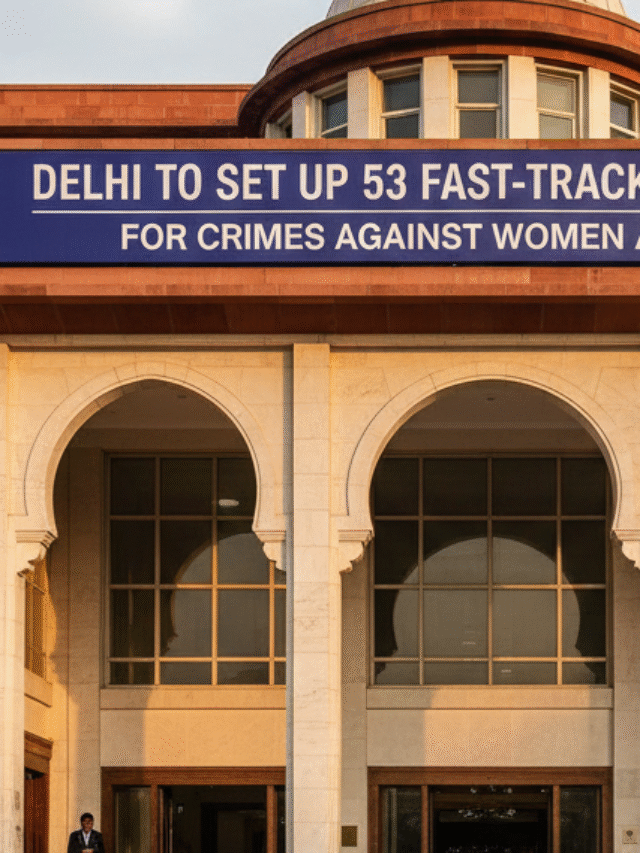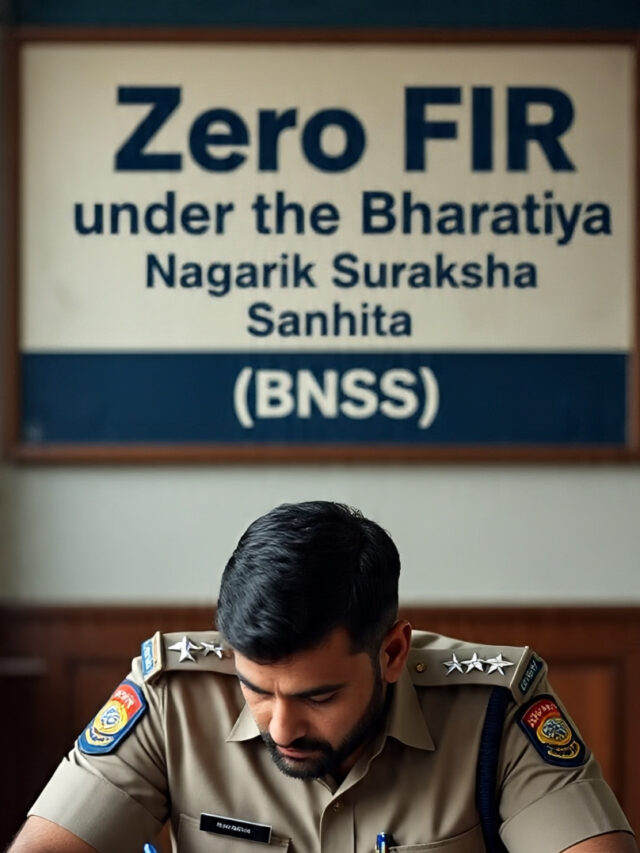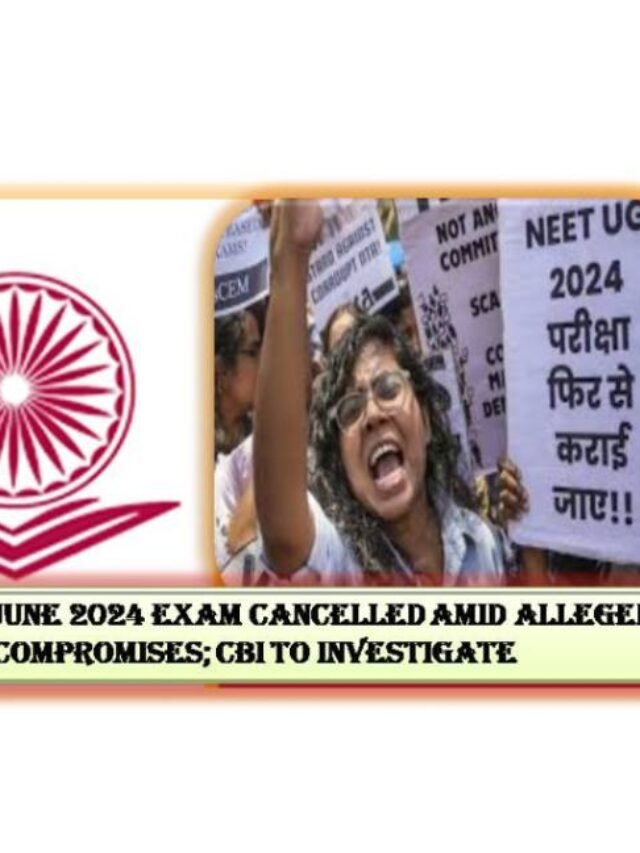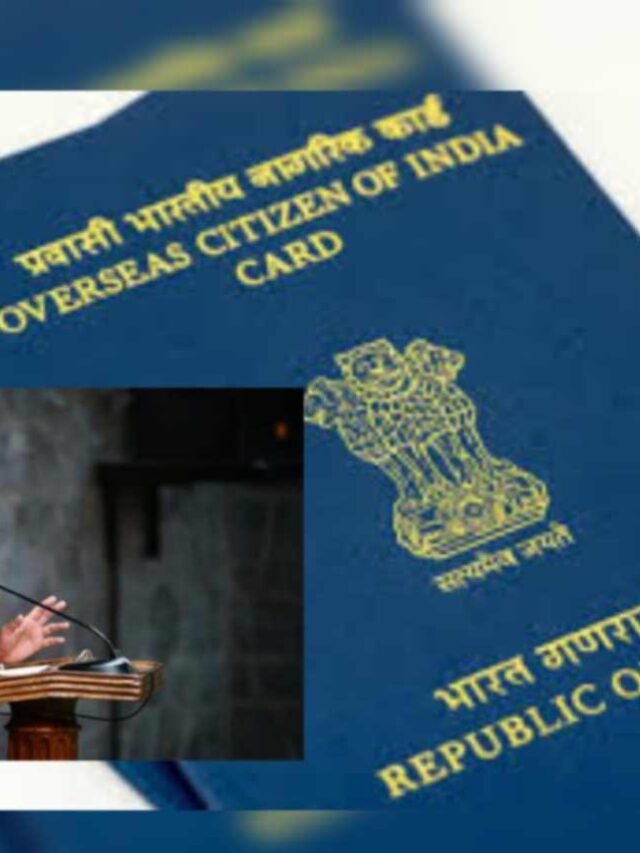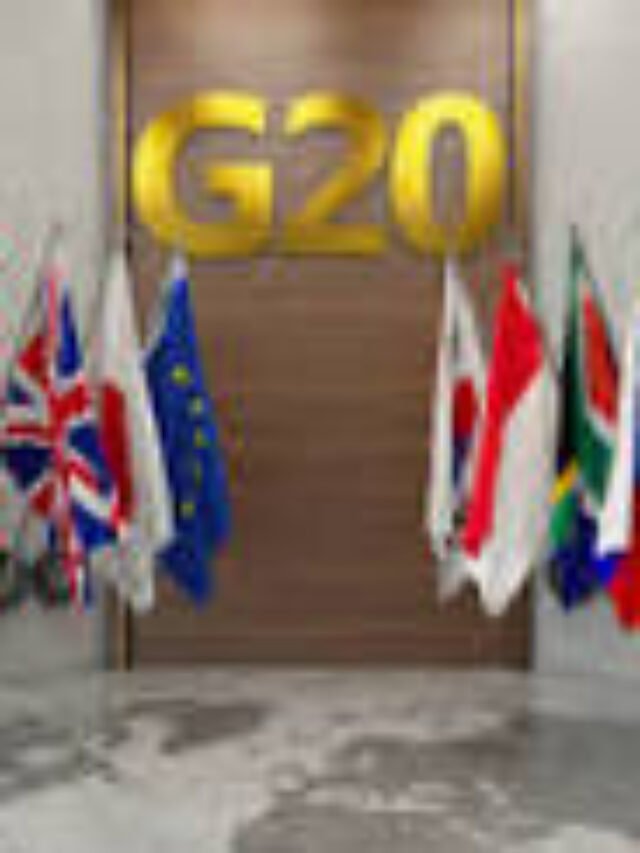The 2025 Pahalgam Terror Attack: A Major Security Flashpoint: On April 22, 2025, India was rocked by one of the most devastating terrorist attacks since Pulwama in 2019. A deadly blast targeted a group of Indian tourists traveling through Pahalgam, a popular destination in Jammu and Kashmir, killing 26 civilians and injuring dozens. Initial investigations indicated the use of high-grade explosives and sophisticated coordination, strongly pointing toward involvement of Pakistan-based militant networks—a charge India was quick to vocalize.
The attack bore grim resemblance to previous high-profile strikes in the region. However, this time, civilians—not security personnel—were the primary victims, intensifying both public outrage and the Indian government’s response.
India’s Immediate Reaction: Diplomatic and Military Measures
Diplomatic Fallout
The Indian government reacted swiftly and sternly on the diplomatic front:
Expulsion of Pakistani Diplomats: Within hours of confirming the attack’s origin, India expelled several senior Pakistani diplomats.
Suspension of Treaties: India announced the suspension of the Indus Waters Treaty, which has governed water-sharing between the two nations since 1960. It also revoked adherence to the 1972 Simla Agreement, signaling a breakdown in long-standing diplomatic frameworks.
Closure of Crossings: Major cross-border trade and transit routes, including the Attari-Wagah border, were shut, affecting hundreds of families and businesses across both sides.
These moves underscored a clear shift in India’s foreign policy posture—from restraint to assertive action—particularly in its dealings with Pakistan.
Military Readiness
India’s military response was equally decisive:
The Indian Air Force launched “Exercise Aakraman”, involving its most advanced fighter aircraft, including Rafale and Su-30 MKIs, in a wide-scale combat simulation. These exercises, conducted near the Pakistan border, served a dual purpose: to test real-time readiness and to deliver a strategic message.
Heightened Troop Deployment: Indian Army units in the Jammu and Kashmir region were reinforced, and all leave for security personnel was canceled.
Surveillance and Air Defense: Increased drone surveillance and deployment of mobile air defense systems were implemented in border districts to anticipate retaliatory or follow-up attacks.
Economic Impact and Internal Security Measures
The ripple effects of the attack extended into India’s economic and domestic spheres:
Market Volatility: The immediate aftermath saw the Indian Rupee depreciate, and government bond yields rose sharply as investor sentiment turned cautious. Analysts cited geopolitical risks as the chief concern behind the sudden market reaction.
Tourism and Trade: Jammu and Kashmir, still recovering from years of conflict-related economic setbacks, saw mass cancellations in its tourism industry—a major revenue generator for the region.
Emergency Legislation: India invoked special provisions under its internal security laws to authorize emergency purchases of military equipment. Fast-track procurement of counter-IED technologies, surveillance drones, and combat gear was initiated.
Pakistan’s Denial and Counter-Allegations
Pakistan swiftly denied involvement in the attack, calling the accusations “baseless and politically motivated.” The country’s foreign office claimed that India was using the incident to deflect attention from its domestic issues and to justify aggressive military posturing.
Furthermore, Pakistan:
Closed its airspace to Indian commercial and military aircraft.
Called for a UN-led impartial investigation, signaling a willingness to cooperate under international oversight.
Warned of “severe consequences” if Indian military actions escalated beyond exercises or rhetoric.
Despite Pakistan’s denial, India presented intelligence evidence to international allies, claiming intercepted communications between militants and handlers across the border supported its accusations.
International Response: Caution and Concern
Global powers responded with a mix of condemnation and calls for restraint:
The United States expressed strong condemnation of the terrorist act, offering condolences to the victims. While it supported India’s right to self-defense, it also urged both nations to avoid escalation.
The United Nations Secretary-General called for dialogue and offered mediation support.
The European Union and Japan echoed calls for a de-escalation of military posturing and encouraged a return to diplomatic engagement.
Notably, no major power publicly backed Pakistan’s demand for a neutral probe, reflecting a tilt in global perception following repeated incidents of cross-border terrorism allegedly emanating from Pakistani soil.
Public Sentiment and Political Ramifications in India
Across India, the public reacted with grief, anger, and a call for justice:
Vigils and protests took place in major cities like Delhi, Mumbai, and Bengaluru.
Social media saw a surge of nationalistic rhetoric, with hashtags like #NeverForgetPahalgam and #IndiaWillRespond trending for days.
The incident galvanized political discourse, with ruling and opposition parties both demanding tough action, though differing on long-term strategies.
Prime Minister Narendra Modi, addressing the nation, stated:
“We will not forget. We will not forgive. This attack on innocent lives is not just an act of terror—it is an act of war.”
This statement signaled a new phase in India’s national security doctrine—more offensive in posture and less reliant on diplomatic restraint.
Strategic Implications and Future Outlook
The Pahalgam attack has the potential to redefine South Asia’s geopolitical landscape in several ways:
Erosion of Peace Agreements: The suspension of the Indus Waters Treaty and Simla Agreement may mark the end of traditional diplomatic engagement channels between India and Pakistan.
Increased Militarization: With both countries ramping up border deployments, the risk of miscalculation and skirmishes grows substantially.
Shift in Global Alliances: India is expected to deepen military and intelligence cooperation with Western allies, particularly the Quad group (U.S., Japan, Australia, India), in a bid to isolate Pakistan and deter future attacks.
Kashmir’s Stability at Risk: The attack and the subsequent tension further destabilize an already volatile region, making peace harder to achieve in the near term.
Conclusion
The April 2025 terror attack in Pahalgam is not just another tragic event in the long history of Indo-Pakistani tensions—it is a strategic inflection point. With 26 civilians dead and diplomatic bridges burned, both countries stand at a dangerous crossroads. India’s muscular response reflects a shift in policy, one that seeks deterrence through strength. But whether this escalates into open conflict or returns to uneasy peace will depend on regional diplomacy, international mediation, and the political will of both nations.
Read More:








